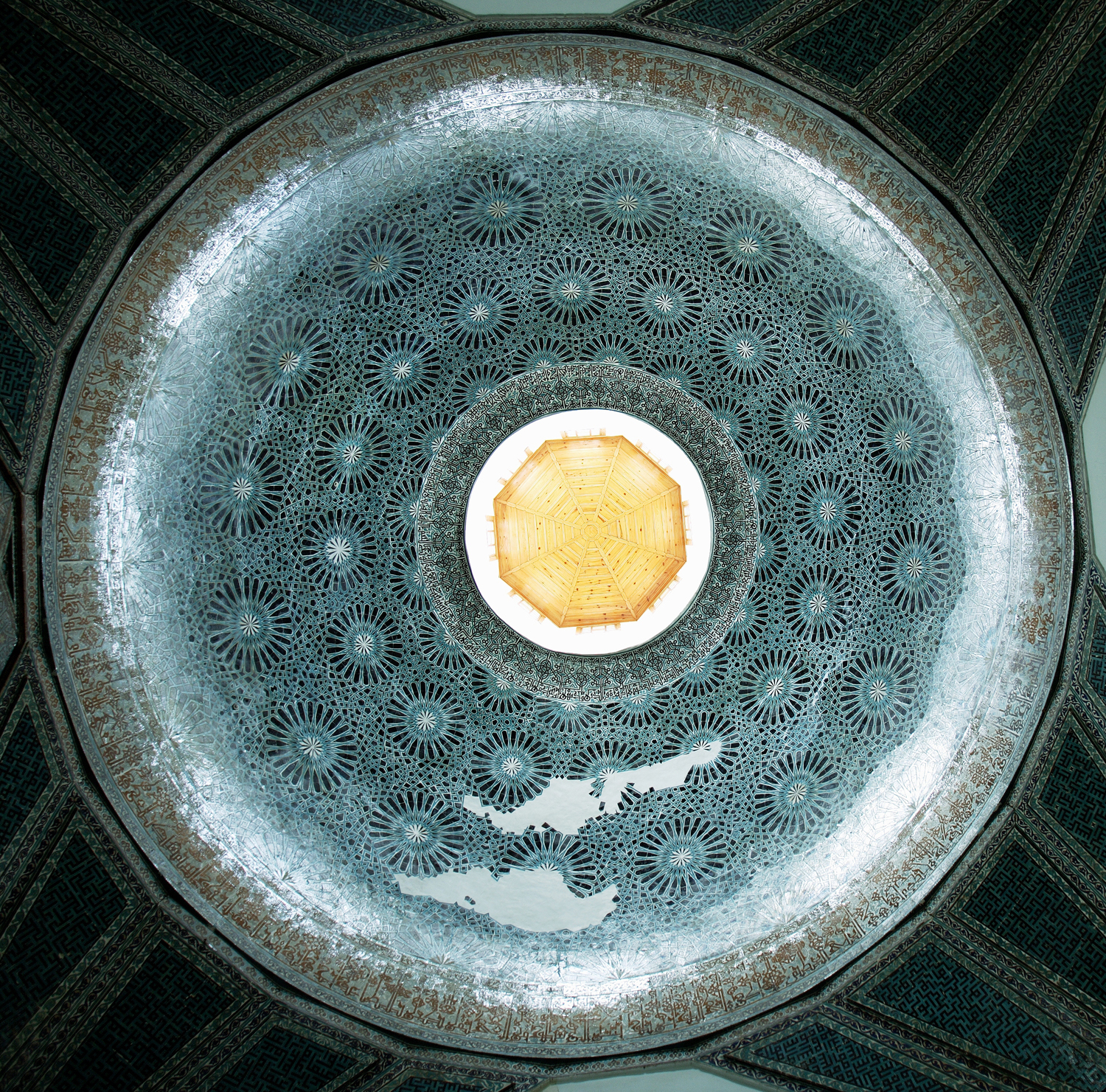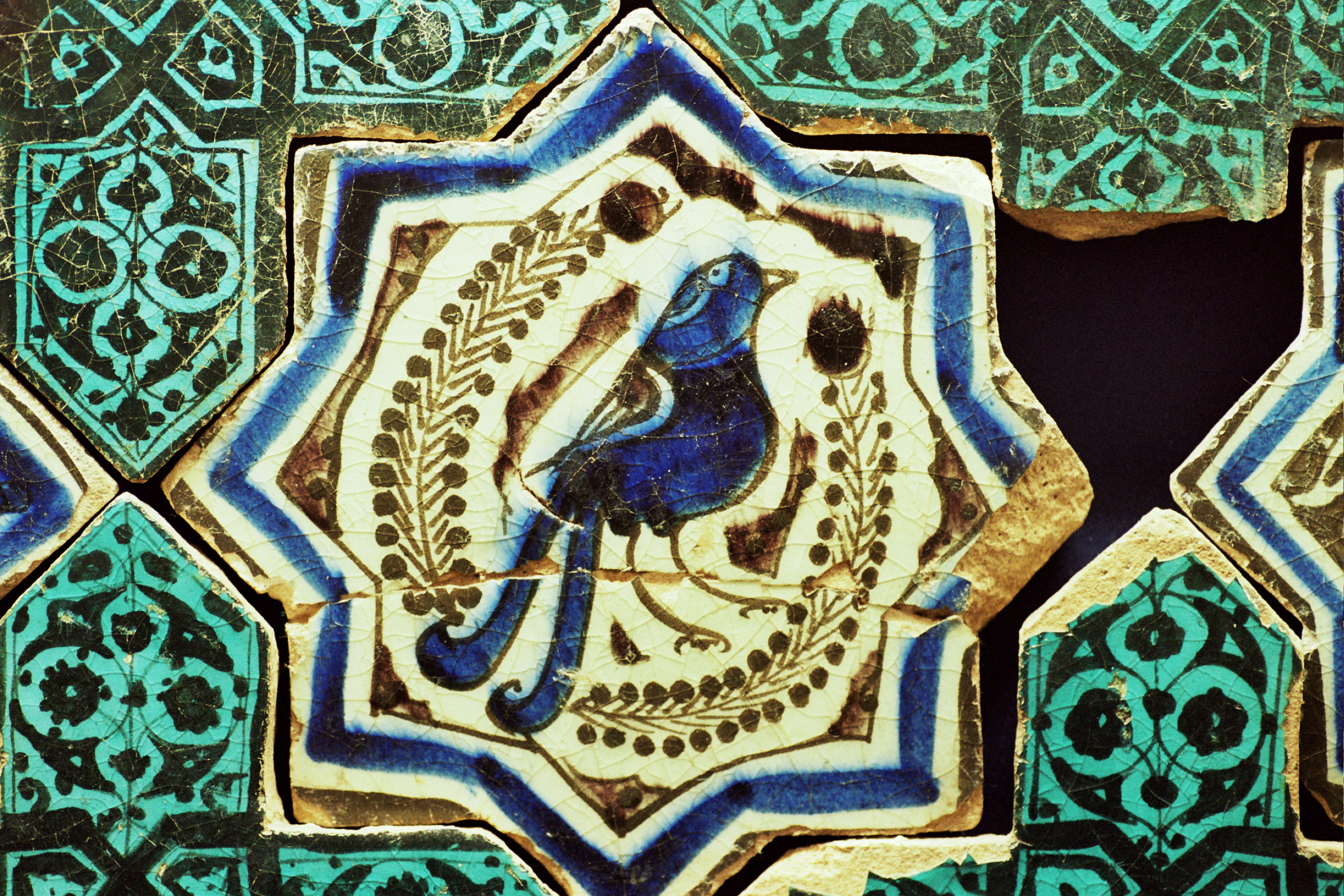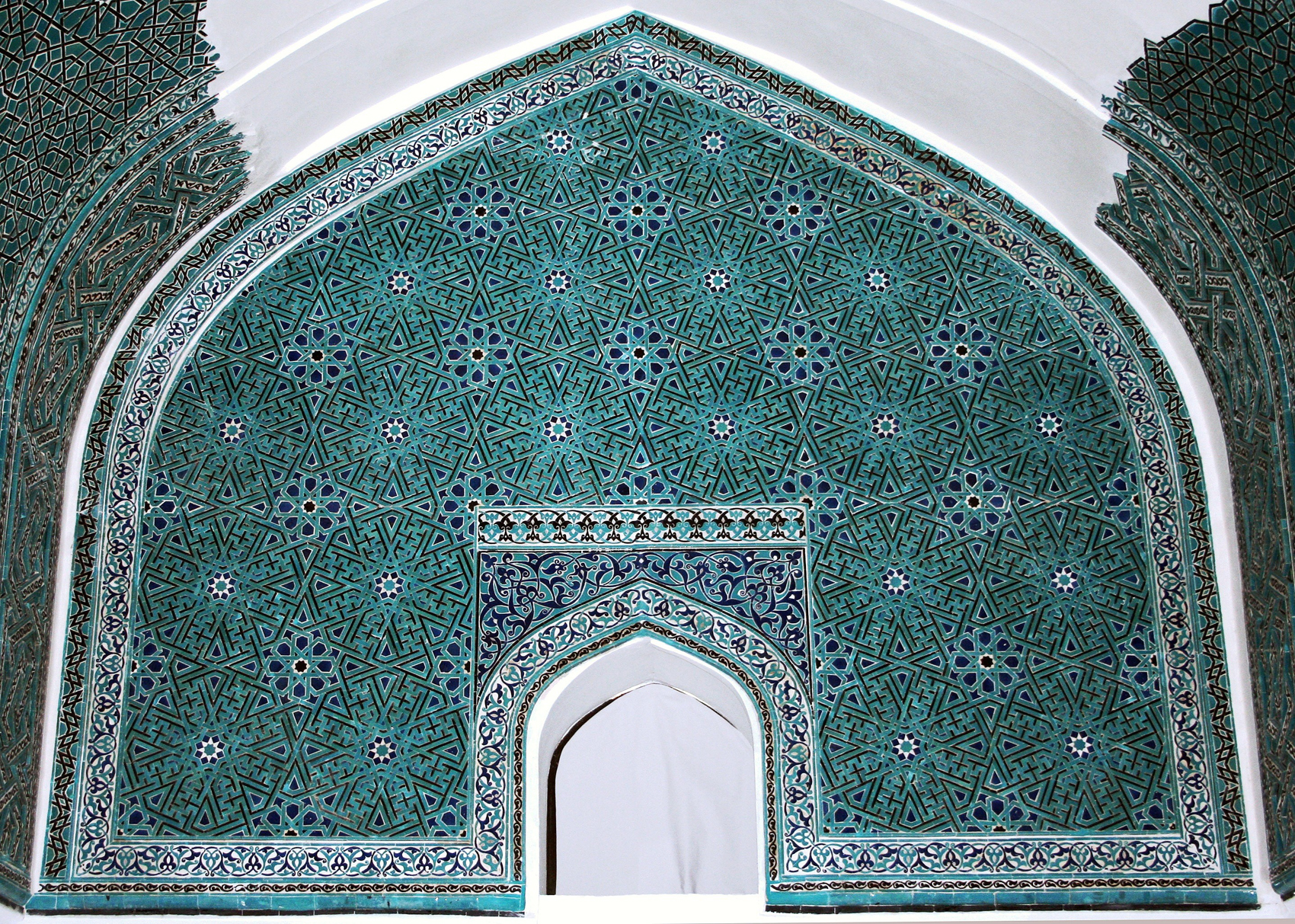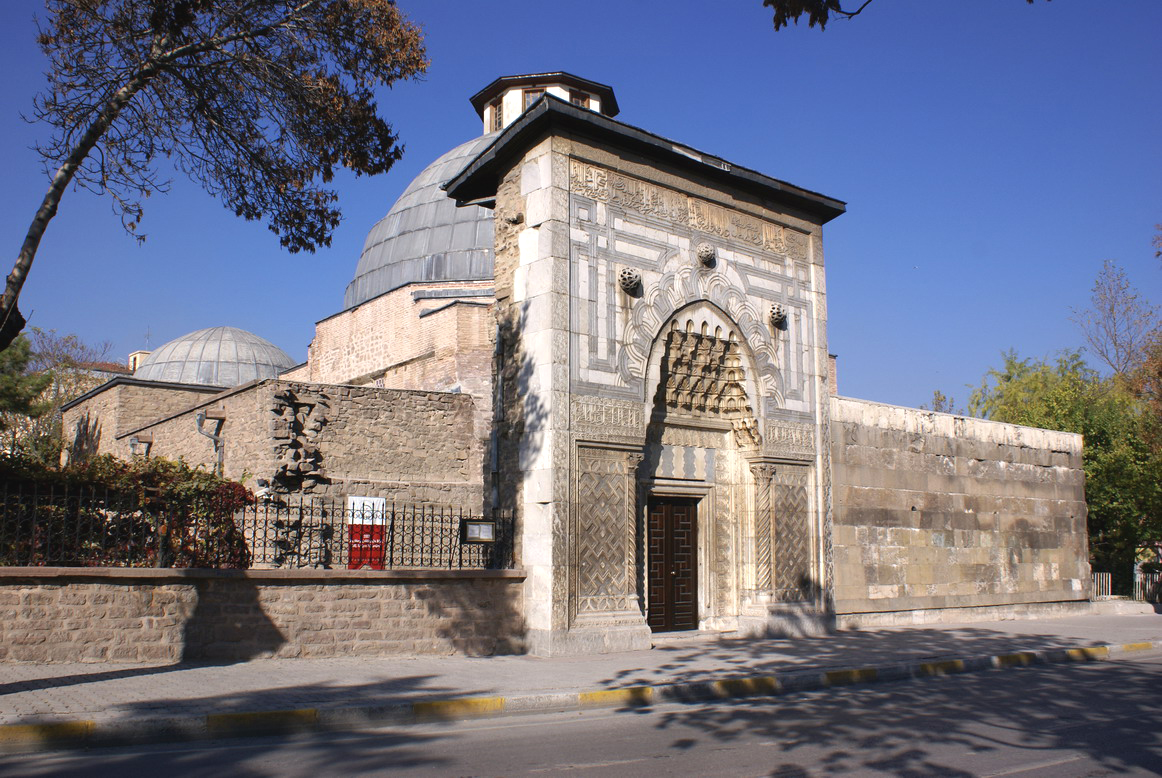In the heart of Konya, right next to Alaaddin Hill, are you ready to step under a star map frozen in time? This is no ordinary building; it's a magical place where a 13th-century Seljuk university and a museum housing priceless tile artifacts intertwine. If you're looking for more than just a typical museum visit, wanting to both listen to the whispers of history and feast your eyes on an artistic spectacle, you've come to the right place. In this guide, we will explore together the magical moments and hidden details you should put at the very top of your list of things to do in Karatay Madrasa.
Built by Emir Celaleddin Karatay in 1251, during the reign of Sultan Izzettin Keykavus II, for the teaching of hadith and tafsir (commentary on the Quran), this structure transports you to another world from the moment you step through its door. Let's take a closer look at the secrets hidden within this masterpiece of stone and tile.
Marvel at the unique mosaic-tiled dome resembling the celestial sphere

The moment you step into the madrasa's courtyard, you'll be drawn to the famous dome that greets you in all its glory. When you look up, what you see is not just a ceiling, but the Seljuk understanding of the universe rendered in stone and tile. The lantern light in the very center of the dome symbolizes the sun, while the star motifs radiating around it represent the sky and the planets .
This cosmic design was not just an aesthetic element for the students of the era; it was also a silent teacher, constantly reminding them of the divine order and the perfection of the universe. The symphony of colors, dominated by turquoise (firuze) and dark blue tiles, reflects the infinity of the sky and spiritual depth . The Kufic inscriptions on the triangular corners, known as fan pendentives, which enable the transition from a square space to a circular dome, are another detail of this architectural genius. The names of the Prophet Muhammad and the four caliphs are inscribed here, adding a sacred meaning to the space .
Examine the Seljuk-era wall tiles and ceramic artifacts

Karatay Madrasa has been serving as the Tile Works Museum since 1955, and it fully lives up to its title. The museum's most valuable collection is undoubtedly the wall tiles brought from the Kubadabad Palace, a Seljuk palace on the shores of Lake Beyşehir . These tiles are like colorful windows opening onto Seljuk palace life.
As you wander through the display cases, you won't just see geometric patterns. You will encounter figures depicting the sultans of the period, hunting scenes, various animals, and even mythical creatures like sirens (human-headed birds) . These figures are proof of the rich and cosmopolitan culture of the Seljuk Empire. These talismanic creatures, believed to protect from evil, held an important place in the art and belief system of that time . These unique artifacts from the Kubadabad Palace offer invaluable clues about Seljuk court life. If you wish to explore other museums in Konya and the Seljuk heritage more deeply, you can check out our guide at Konya Things to Do.
Photograph the intricate craftsmanship of the madrasa's monumental stone portal (taçkapı)

The monumental gate that greets you before you even enter the madrasa, the taçkapı, is a work of art in itself. Unlike the Sille stone used in the rest of the structure, here the magnificent harmony of sky-blue and white marble is employed . This masterpiece of Seljuk stone masonry serves as a prologue to what awaits you inside.
The geometric interlacings, floral motifs, and, most importantly, the calligraphic bands inscribed with verses and hadiths on the portal possess details that can be examined for hours. In particular, the 28 different hadiths inscribed in the small cells around the door emphasize the educational mission of the madrasa from the very first step. When taking photos, try to capture not just the entire gate but also these fine details. The play of light on the marble gives the portal a different beauty at different times of the day. The taçkapı of Karatay Madrasa is just one of the pinnacles of Seljuk stonework.
Continue Exploring in the Heart of Konya
After leaving the turquoise magic of Karatay Madrasa, there are many more treasures that Konya has to offer. Since you've come this far, let the adventure continue! When you exit the madrasa, you can climb theAlaaddin Hillright in front of you to visit the Alaeddin Mosque, one of the city's oldest mosques, and pay your respects at the tombs of the Seljuk sultans.
A short walk to the west will bring you to the Ince Minareli Madrasa, almost a sibling to Karatay, which now houses the Museum of Stone and Wooden Artifacts. Of course, you shouldn't miss Konya's spiritual heart, the Mevlana Museum, and the authentic atmosphere of the adjacent Historical Bedesten Bazaar.
Practical Information for Visitors
| Information | Detail |
|---|---|
| Summer Period (April 1 - October 31) | 09:00 – 19:00 (Ticket office closes: 18:40) |
| Winter Period (October 31 - April 1) | 09:00 – 17:00 (Ticket office closes: 16:40) |
| Closed Days | None (The museum is open every day. However, please confirm for public holidays.) |
| Müzekart (Museum Card) | Valid |
| Address | Ferhuniye Mahallesi, Adliye Bulvarı, Karatay/Konya |
Frequently Asked Questions (FAQ)
1. Is there an entrance fee for Karatay Madrasa, and is the Müzekart valid? Yes, there is an entrance fee to the museum. However, if you have a Müzekart (Museum Card), you can visit for free. We recommend checking official sources before your visit, as current entrance fees may vary by season.
2. How long does it take to tour the museum on average? To fully appreciate the Karatay Madrasa, you should set aside about 45 minutes to 1 hour. If you have a special interest in tile art and Seljuk history, you might want to extend this time to examine each artifact in detail.
3. What is the most impressive part of the Karatay Madrasa? While this is a matter of personal preference, for the vast majority of visitors, the most unforgettable moment is entering the main hall and looking up at the magnificent dome covered in sky-blue tiles. The cosmic design of the dome and the atmosphere it creates make it the most iconic and enchanting spot in the madrasa.
References: For more detailed and official information, you can visit the relevant page of the Republic of Turkey Ministry of Culture and Tourism: (https://turkishmuseums.com/museum/detail/2128-konya-cini-eserleri-muzesi-karatay-muzesi/2128/1)


 English
English Türkçe
Türkçe